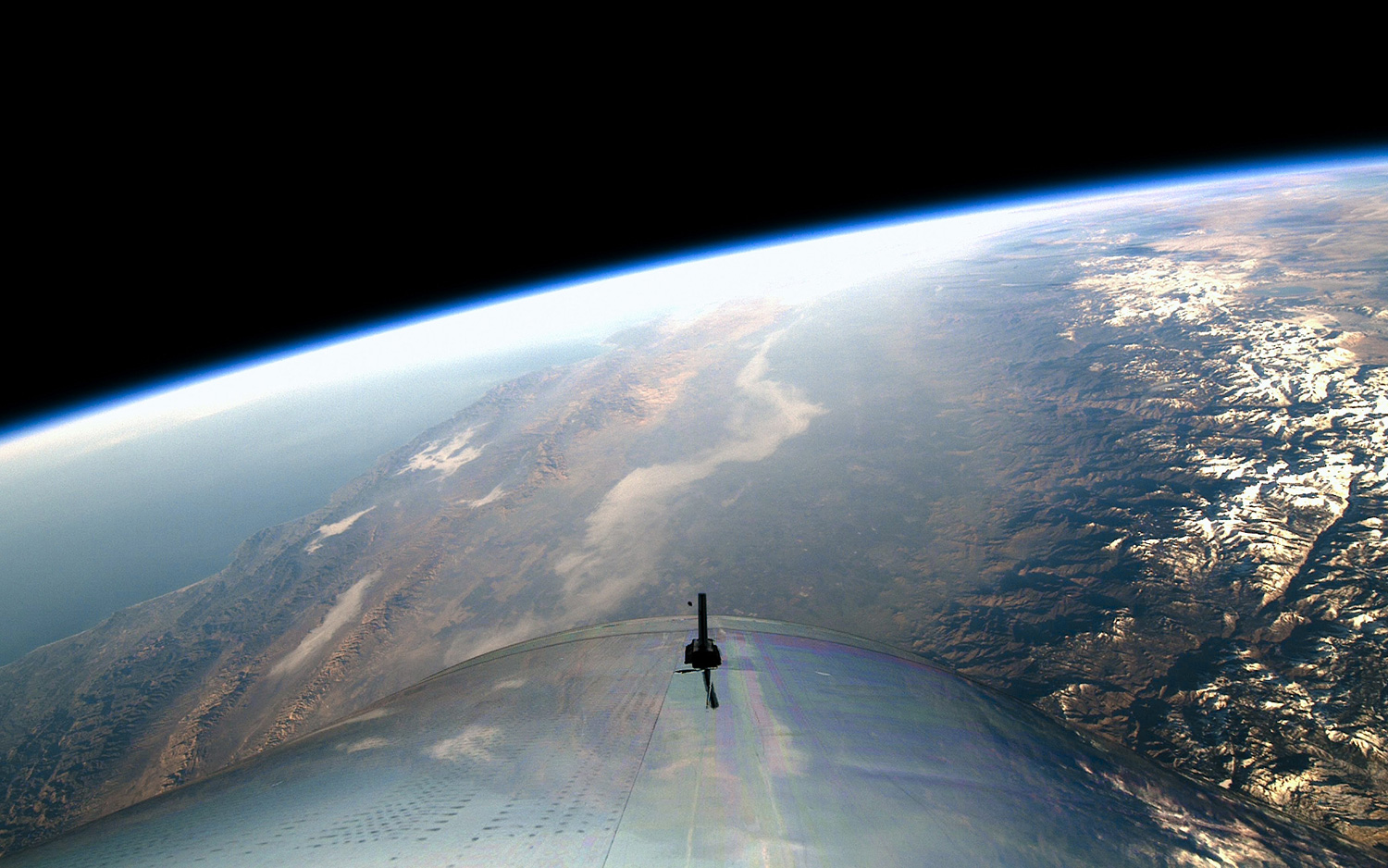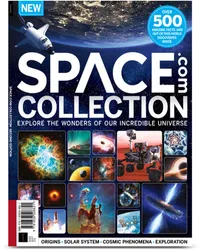Virgin Galactic stands down from Saturday test flight for more technical checks

We'll have to wait a little longer to see Virgin Galactic's third spaceflight.
The company had been targeting tomorrow (Feb. 13) for the next crewed test flight of its latest suborbital SpaceShipTwo vehicle, VSS Unity. But that's not going to happen.
"Flight test update: We have been progressing through our pre-flight preparations and, during that process, we have decided to allow more time for technical checks. We are working to identify the next flight opportunity," Virgin Galactic representatives announced via Twitter today (Feb. 12).
There are additional launch opportunities for the test flight — which will carry two pilots, no passengers and some research payloads manifested via the NASA Flight Opportunities program — throughout February, the company said in a Feb. 1 update.
Related: How Virgin Galactic's SpaceShipTwo works (infographic)
Space.com Collection: $26.99 at Magazines Direct
Get ready to explore the wonders of our incredible universe! The "Space.com Collection" is packed with amazing astronomy, incredible discoveries and the latest missions from space agencies around the world. From distant galaxies to the planets, moons and asteroids of our own solar system, you’ll discover a wealth of facts about the cosmos, and learn about the new technologies, telescopes and rockets in development that will reveal even more of its secrets.
Unity's first two spaceflights, in December 2018 and February 2019, took off from California's Mojave Air and Space Port, near the headquarters of Virgin Galactic's manufacturing subsidiary, The Spaceship Company. But the upcoming third flight will lift off from Spaceport America in New Mexico, Virgin Galactic's commercial hub. It will be the first crewed space mission ever to launch from the state.
Unity has already tried once to make spaceflight number three. But the space plane's rocket motor failed to fire properly during that first attempt, on Dec. 12, 2020, and pilots C.J. Sturckow and Dave Mackay brought Unity down for a premature but safe landing at Spaceport America. (SpaceShipTwo takes off beneath the wings of a carrier plane, then makes its own way to suborbital space after being dropped at an altitude of about 50,000 feet, or 15,000 meters.)
Breaking space news, the latest updates on rocket launches, skywatching events and more!
The issue that caused the Dec. 12 abort — a bad connection in the computer that controls Unity's propulsion system — was soon identified and rectified, and Virgin Galactic started prepping the vehicle for another attempt.
Mike Wall is the author of "Out There" (Grand Central Publishing, 2018; illustrated by Karl Tate), a book about the search for alien life. Follow him on Twitter @michaeldwall. Follow us on Twitter @Spacedotcom or Facebook.

Michael Wall is a Senior Space Writer with Space.com and joined the team in 2010. He primarily covers exoplanets, spaceflight and military space, but has been known to dabble in the space art beat. His book about the search for alien life, "Out There," was published on Nov. 13, 2018. Before becoming a science writer, Michael worked as a herpetologist and wildlife biologist. He has a Ph.D. in evolutionary biology from the University of Sydney, Australia, a bachelor's degree from the University of Arizona, and a graduate certificate in science writing from the University of California, Santa Cruz. To find out what his latest project is, you can follow Michael on Twitter.

